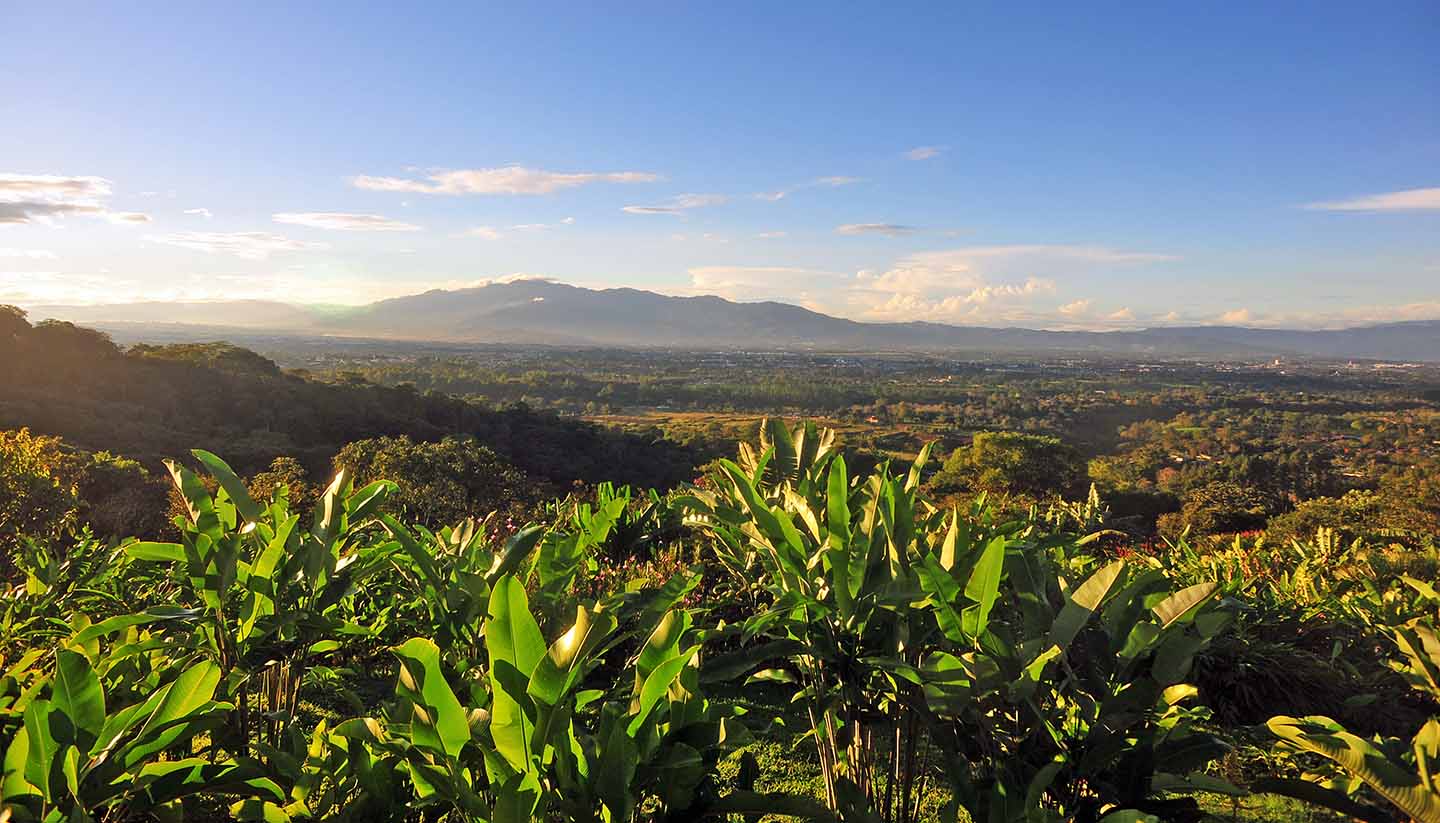San Jose History
The Central Valley’s rich volcanic soil and cool, healthy climate have attracted settlers from North and South America for some 6,000 years.
Spanish conquistadors arrived rather late to the Central Valley, settling in small agricultural villages throughout the 1600s. Without any gold, silver, or imperial wealth, there was little to tempt the Europeans. Tiny San José was not even declared a village until May 21, 1737.
The colony was so isolated from the rest of New Spain that, when Central America declared independence in 1821, San José didn’t find out for a month. The power vacuum left behind by the Spanish, however, soon plunged the Central Valley into civil war. When the smoke cleared, San José emerged as the national capital, wresting the title from neighbouring Cartago.
The coffee boom (and later, banana boom) of the late 1800s benefited Costa Rica enormously, funding rail projects, social programs, and some of San José’s finest buildings, most constructed after the devastating 1888 earthquake.
The global crises of the 1930s and 1940s took their toll on Costa Rica, and in 1948 simmering tensions erupted after a particularly dirty presidential election. The 44-day Costa Rican Civil War killed more than 2,000 people, the nation’s bloodiest modern conflict.
Revolutionary leader José “Don Pepe” Figueres emerged the winner, but rather than declaring himself president (in typical Latin American fashion), he installed the legitimate elected president. He did help rewrite Costa Rica’s constitution, which notably abolished the military, and would go on to serve as president several times.
Today, Costa Rica is one of the world’s oldest democracies, and among the region’s wealthiest, freest, happiest, and best educated nations, on track to be the world’s first carbon neutral country. Recent deals wih China and USA, and businesses like Intel and Microsoft, promise continued growth and stability in the future.
Did you know?
• The city's original name was a bit of a mouthful - Villanueva de la Boca del Monte del Valle de Abra (New Village of the Mountain's Mouth in the Open Valley).
• San Jose was the world's third city to install public electric lighting and one of the first to install a public telephone system.
• In 2012, the city decided to erect its first street signs - 22,000 of them.


